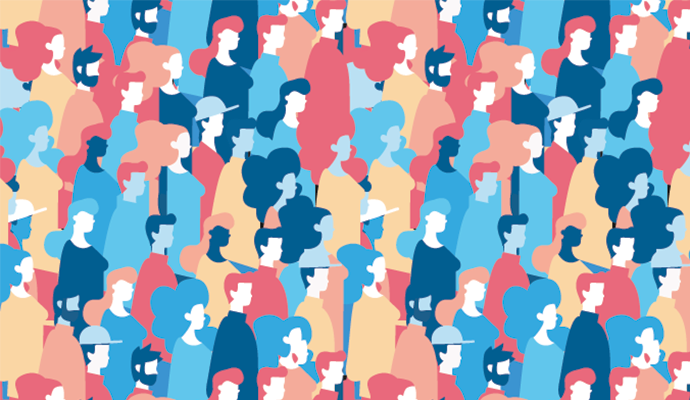Low-Income, Racial Minorities More Likely to Use Telehealth
A recent study indicates that within low-income populations, Asian and Hispanic patients are more likely to use telehealth than White and Black patients.

Source: Getty Images
- Published in the Journal of Medical Internet Research, study findings indicate that certain demographic factors correlate with telehealth use, with low-income Hispanic and Asian patients being more likely to use telehealth than their White and Black peers.
Although telehealth provides a useful healthcare channel for many, patient engagement requires access to technology and resources. To gain insight into how poverty level correlates with telehealth use, researchers from the University of Central Florida conducted a retrospective observational study of experiences during the COVID-19 pandemic.
Researchers examined the validity of the notion that there are differences in telehealth use among people at or beneath 200 percent of the federal poverty level. They also examined how demographics such as age, gender, race, ethnicity, education, and others related to telehealth usage.
The dataset in the study covers the period of March 2020 to April 2021. Researchers gathered patient data from the COVID-19 Research Database, the Office Ally database, which encompasses 100 million unique patients and 3.4 billion claims, and the Analytics IQ PeopleCore Consumer database, which represents 242.5 million US adults, 19 years and older.
Among the 2.8 million unique patients included in the study, demographics varied widely. Almost 60 percent were female, 75 percent had a high school education or less, 49 percent were unemployed, and 62 percent were non-Hispanic White.
In total, 9.84 percent of the patient population had one or more telehealth claims between March 2020 and April 2021. Compared to non-Hispanic White and Black patients, those who identified as Asian and Hispanic were more likely to use telehealth.
Those with full-time occupations were also 15 percent more likely to use telehealth relative to those who were unemployed. Compared to those who identified as female, those who considered themselves male were 12 percent less likely to use telehealth. Those with a high school education or less had a 5 percent lower chance of using telehealth than those with a bachelor’s degree or higher education. Those aged 18 to 44 were also 32 percent more likely to use telehealth compared to those 65 or older.
Based on this data, researchers were able to conclude that various demographic factors had an impact on telehealth use. Given that the factors correlate with inequities, researchers noted that further strategies must consider these patient characteristics.
Prior research has also indicated a relationship between the use of healthcare technology and patient demographics.
A study published in JAMA Network Open in April found that the use of consumer-grade wearable devices varied based on social determinants of health (SDOH). Researchers arrived at this conclusion while considering participant retention and device wear time over a 21-day period. The study population was on the younger side with an average age of 12.
Although Black children averaged a 16-day engagement duration, White children tended to use the device through the 21 days. Those from other racial and ethnic minority groups also wore devices for shorter periods. This led researchers to note the need for further research on common biases.
